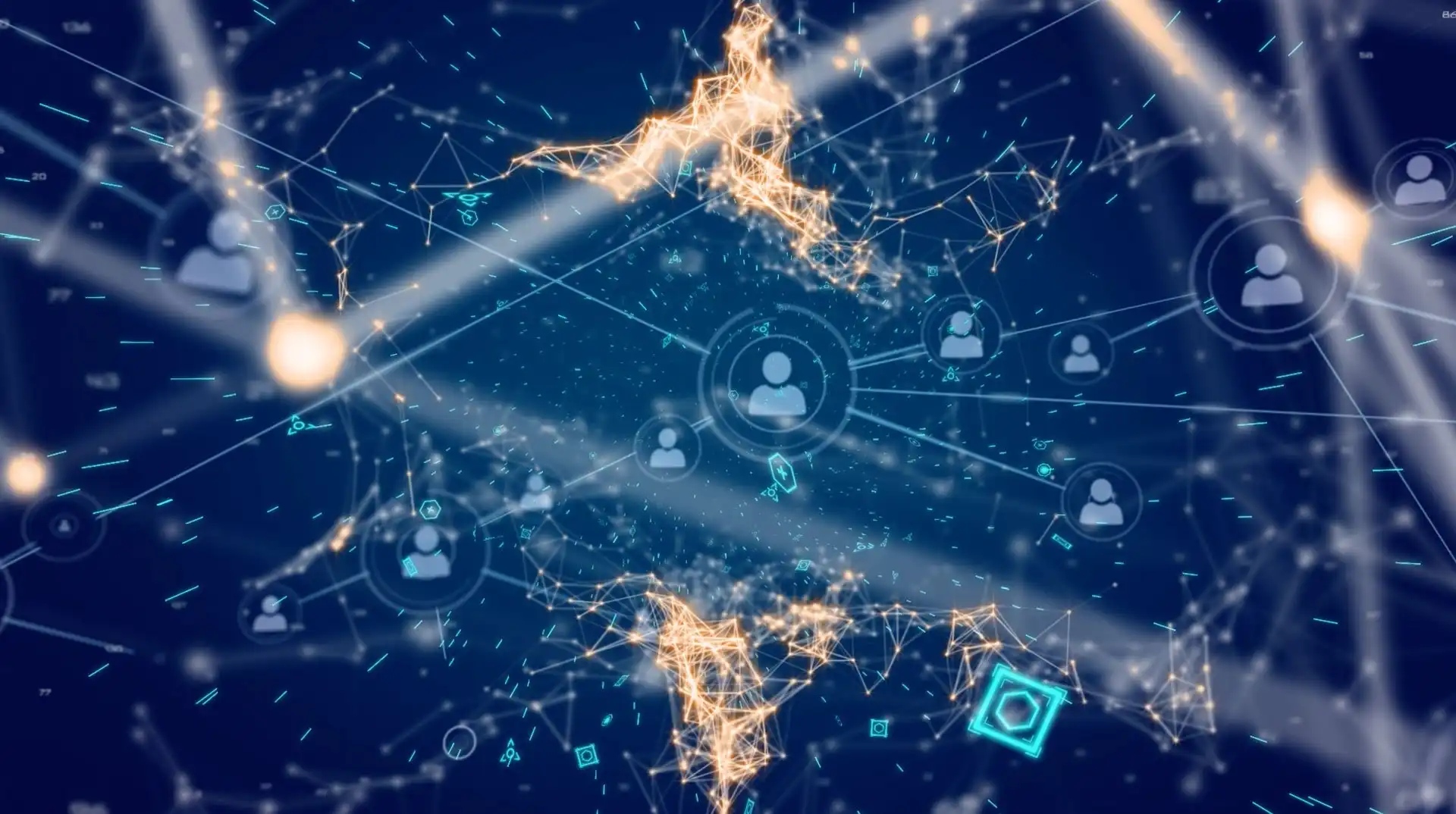Articles
Using Data Analytics to Detect Fraud

We live in an era defined by uncertainty. From market volatility and regulatory shifts to supply chain disruptions and cyber threats, the risks facing organizations in 2025 are more interconnected, dynamic, and unpredictable than ever. To navigate this complexity, businesses are turning to one of their most powerful but under utilized assets: data.
Today, data analytics is redefining how organizations identify, assess, and respond to risk, not by replacing human judgment, but by enhancing it with deeper insight, real-time awareness, and predictive power.
Traditional risk management was largely reactive. It depended on historical data, manual reporting, and cyclical assessments. But that model is increasingly inadequate in a world where risks evolve faster than quarterly reviews can track.
Modern data analytics tools flip the script. They allow organizations to:
● Continuously monitor internal and external risk signals
● Detect emerging patterns and anomalies before they escalate
● Build models that simulate potential scenarios and impacts
Whether it’s fraud detection, operational risk modelling, or supplier risk monitoring, analytics shifts risk decision-making from "what just happened?" to" what’s happening now, and what could happen next?"
To understand the practical impact, consider a few real-world examples:
A global logistics company uses sensor data from its fleet to detect unusual driver behaviour or vehicle wear. Combined with route performance analytics, this enables the risk team to identify safety and maintenance risks before accidents or breakdowns occur, reducing insurance costs and ensuring business continuity.
A manufacturer integrates supplier performance data with geopolitical, ESG, and financial indicators. By visualizing supplier risk in real time, the company can quickly reroute orders or flag at-risk partners, avoiding costly disruptions and reputational damage.
Banks are using machine learning models to analyse transaction data across millions of accounts, learning behavioural norms and flagging anomalies. This allows fraud teams to intervene faster and with more precision, lowering false positives and increasing investigative efficiency.
These are not theoretical pilots, they’re standard practice for risk intelligent organizations.
Enter Artificial Intelligence-Generated Content, the next evolution of how data analytics is deployed in risk environments.
Unlike traditional dashboards, Artificial Intelligence-Generated Content tools can translate complex data into narrative insights, summarizing key risks, recommending actions, or even generating automated reports for compliance reviews.
Imagine a risk officer receiving a daily natural-language summary of the top threats across markets, suppliers, and internal controls, pulled from multiple data systems, prioritized by impact, and explained in plain English. That’s not science fiction. That’s Artificial Intelligence-Generated Content in risk governance.
By layering Artificial Intelligence-Generated Content on top of analytics platforms, organizations gain:
● Faster decision cycles
● Improved communication with non-technical stakeholders
● Greater consistency in risk interpretation and reporting
This is particularly useful in highly regulated industries, where clarity, traceability, and documentation are key.
Adopting data-powered risk analytics doesn’t happen overnight. It requires a thoughtful balance of people, process, and technology. Here are four enablers of success:
Risk analytics is only as good as the data it runs on. Organizations must invest in clean, integrated data across finance, operations, HR, IT, and external sources. This includes not just volume, but variety and velocity.
Risk doesn’t sit in one department, and neither should the data. The best risk analytics programs bring together compliance, finance, audit, IT, procurement, and operations to ensure alignment and share insights.
Data tools are powerful, but they need interpretation. Risk teams must include (or work closely with) data scientists and analysts who can design models, validate results, and explain findings in business terms.
As analytics become more automated, organizations must ensure transparency and accountability. This includes documented methodologies, audit trails, bias testing for AI models, and oversight frameworks that align with enterprise risk appetite.
While data analytics transforms how we manage risk, it doesn't replace the human element. Judgment, context, and ethics still matter, especially when interpreting gray areas, navigating political sensitivities, or making decisions under pressure.
What analytics does is empower decision-makers with clarity. It helps risk professionals cut through noise, focus on the right signals, and respond with confidence, not guesswork.
In a world where risk is often fluid and reputation can change overnight, that clarity is invaluable.
When used well, data analytics doesn’t just improve compliance or reduce loss, it becomes a source of competitive advantage.
● It allows companies to move faster than the market.
● It strengthens investor and board confidence.
● It builds resilience, agility, and foresight.
Organizations that integrate analytics into their risk culture, from frontline managers to executive teams will be better prepared to weather uncertainty and seize opportunity.
As we navigate a landscape marked by constant change, one thing is clear: data analytics is no longer optional in risk management. It’s fundamental. From real-time detection to AI-powered insights, modern analytics tools enable organizations to anticipate threats, prioritize action, and lead with intelligence.
.webp)
